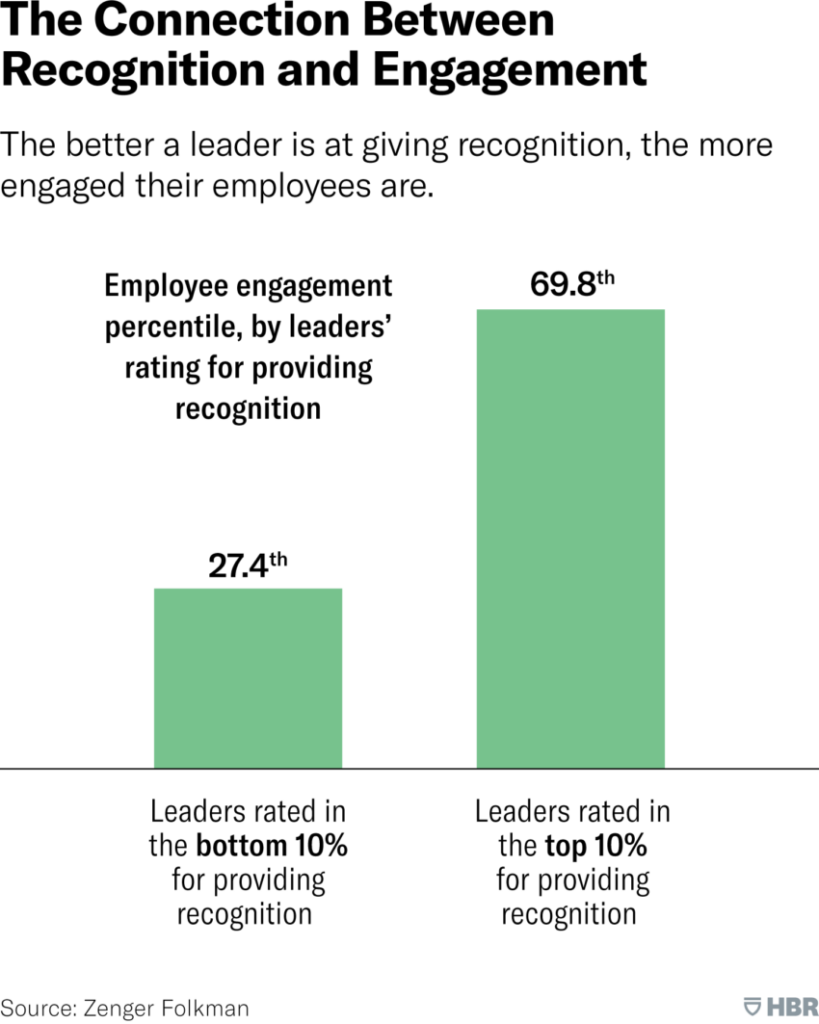Goldman Sachs cutting hundreds of jobs, the impact of climate change on the business world
Plus, the importance of telling your employees you appreciate them.

1. Goldman Sachs plans to cut several hundred jobs
Goldman Sachs is slated to eliminate several hundred jobs this month in response to lower than expected deal volume.
The bank is reinstating a tradition of annual employee culls, which have historically targeted between 1% and 5% of lower performers, in positions across the firm, according to a person with direct knowledge of the situation.
At the lower end of that range, which is the size of the expected cull, that means several hundred job cuts at the New York-based firm, which had 47,000 employees at midyear.
Goldman isn’t likely to be the only bank to cut workers. Before the pandemic, Wall Street firms typically laid off their bottom performers in the months after Labor Day and before bonuses are paid out. The practice was put on pause during the last few years amid a hiring boom.
Goldman declined to comment on the record about its plans. The timing of the cuts was reported earlier by the New York Times.
Though the story mentions that Wall Street firms typically lay off some employees after Labor Day every year, the fact that the practice hasn’t regularly been done since the onset of the COVID-19 pandemic will certainly be a shock to the system for some.
It’s not clear if or how this development has been communicated to impacted employees. That ambiguity is a reminder that you should always communicate news about layoffs, restructures or other changes to the internal stakeholders who are most likely to be affected first. Not only will they likely react better if they hear it from you rather than a news report, but it reduces the likelihood of disgruntled employees, or ex-employees, taking their frustrations to social media or reporters.
2. Do you tell your employees you appreciate them?
When was the last time you told your employees that you’re grateful for the work they do? If you haven’t done so recently, a recent study says that you should.
Harvard Business Review reports:
The research is clear: Employee recognition — when done well — has huge payoffs. According to the data we collect on leaders across industries, every measure of morale, productivity, performance, customer satisfaction, and employee retention soars when managers regularly provide recognition.
And, yet, there are many leaders out there who fail to do it frequently or skillfully. In fact, the most common complaint that we hear about managers is that they fail to convey appreciation. One survey, conducted at a health care company, found that 29% of employees reported not having received any recognition within the past year.

In addition, the report states what exactly recognition can mean to employees:
For many people, “recognition” means being called out in a meeting and given public praise for something they’ve accomplished. It conjures up images of spotlights glaring on them, and they might find all that attention embarrassing. Whether because of their personality or perhaps cultural upbringing, being publicly out is uncomfortable for a substantial number of people. In other words, it’s the way that the recognition is delivered that they resist, not the underlying message of appreciation.
The solution here is pretty simple; when your employees do well, recognize them for it! Internal communicators can put into practice some tried and true ways to applaud employee achievements. For example, if an employee completes a big project or a sale, be sure to let them know you’re appreciative of the hard work they’ve contributed to the company. Additionally, be sure to showcase their successes to the whole team. When you uplift employees and emphasize achievements, you’re more likely to have employees who feel that they belong.
3. Employees put pressure on companies to meet climate change goals, but hurdles remain
It’s important to make your organization’s philanthropic endeavors well-known and clear. However, you’re likely not going to be expected to go as far as the founder of clothing brand Patagonia. Their founder has given the company away in order to fund climate change mitigation initiatives.
Rather than selling the company or taking it public, Mr. Chouinard, his wife and two adult children have transferred their ownership of Patagonia, valued at about $3 billion, to a specially designed trust and a nonprofit organization. They were created to preserve the company’s independence and ensure that all of its profits — some $100 million a year — are used to combat climate change and protect undeveloped land around the globe.
The unusual move comes at a moment of growing scrutiny for billionaires and corporations, whose rhetoric about making the world a better place is often overshadowed by their contributions to the very problems they claim to want to solve.
“Hopefully this will influence a new form of capitalism that doesn’t end up with a few rich people and a bunch of poor people,” Mr. Chouinard, 83, said in an exclusive interview. “We are going to give away the maximum amount of money to people who are actively working on saving this planet.”
In recent years, more companies have made commitments to fight against climate change. However, according to recent reports, employees are demanding more out of their employers in response to the crisis.
The imminent threat of climate change along with huge opportunities to address the global crisis have led workers to pressure employers to act on sustainability and environmental goals.
However, a shortage of qualified talent at companies to help meet climate commitments largely inhibits widespread progress at the corporate level.
That’s according to a new report from Salesforce that found more than 80 percent of workers want to help their companies meet these goals, but feel they do not provide adequate roles, training and tools to help fight climate change.
As employees increasingly decide where to spend their talents based on the purpose commitments of current and future employers, you play a pivotal role in relaying what resources the company might be using to combat climate issues, in addition to any other charitable endeavors. With an issue that is such a universally pressing problem, organizations would be wise to make their stand on climate change transparent and easily communicated to employees and the general public alike.
4. How about some good news?
This week, let’s draw inspiration from:
- A group of corgis that dressed up in royal outfits to honor Queen Elizabeth II.
- The globe’s largest line of container ships rerouted its fleet to avoid collisions with blue whales.
- A new solar-powered invention that draws hydrogen fuel from the atmosphere
- Ragan Training, which is a great place for communications pros to find inspiration and resources
- You should be rewarded for your work. Find out how to earn an award here!
Have a great weekend, communications all-stars!







